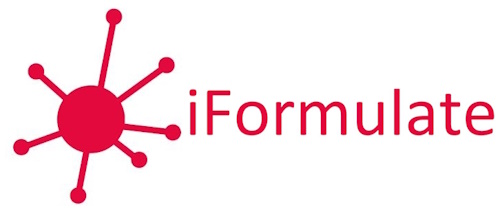
By David Calvert, April 2024
Previously we made the case for a structured approach to “Design for Formulation” and looked at some of the important terms used in the process. Now we look at the important phase of work before you even go in the lab. We mentioned business and technical briefs previously but as these are the formal basis of deliverables and verification of success it is worth some time discussing their content.
It needs to be stated is that these should never be done in isolation by the technical team and that sales, marketing, regulatory and production should be involved. The business brief makes the business case for the project to go forward and would include elements such as market size, projected sales price and margins, competitive landscape, target customers, regions, resource requirements and sales projections. Once the business case has been accepted then the technical team can lead the definition of the technical brief.
From the Customer Promise, claims will be made and included in the technical brief. What is the shelf life and under what environments? What regulations apply to the product and the region where it is to be manufactured and sold? Based on margins and price, are there defined cost targets? Are there any manufacturing requirements/restraints? What type of packing/dosage mechanism is envisaged? Is there a competitive benchmark? What are the performance targets leading from this and are there any new tests that need to be developed? There will be many more elements in the final technical brief which should be quantified as far as possible and signed off by all.
At this stage it is then easy to rush off and start some work in the lab but the first thing you should do is… nothing! Well not quite, but you should start to look at what prior knowledge you have regarding the project. This will be internal looking at previous similar projects, considering what is different and how previous challenges were met. There will of course be internal experts and it is important to take these into account whilst still remembering that a previous project may have not been successful due to lack of materials, or different market conditions for example.
As mentioned in the technical brief, it may be worth looking at competitor products, literature and any patents. The latter can of course provide valuable background but also avoid potential infringement. Further external resource is obviously available from the internet and you may even want to ask some questions of artificial intelligence engines but as we have stated before you need to consider the quality of this information. The final source of the external information is from consultants and of course if you are looking for formulation consultants, then contact us and we may be able to help!
So now you can finally get on with some practical work? Well, not quite – and in the next article we will walk you through an example of a preliminary risk assessment.

